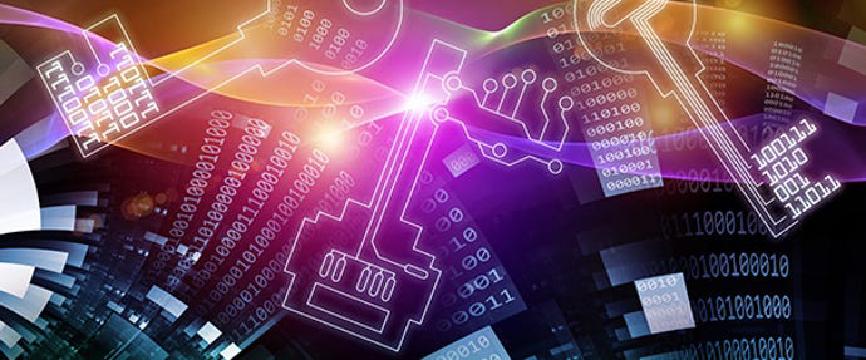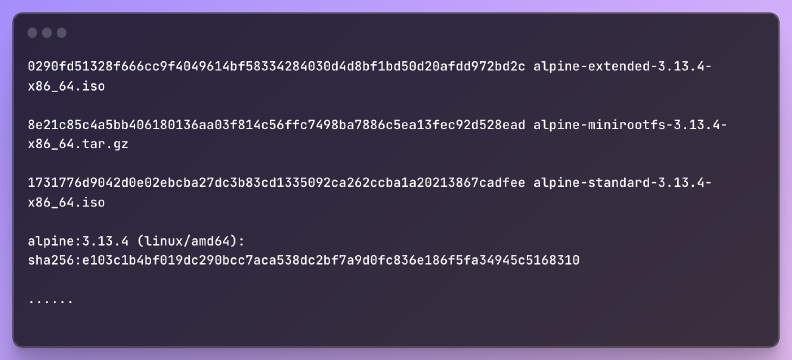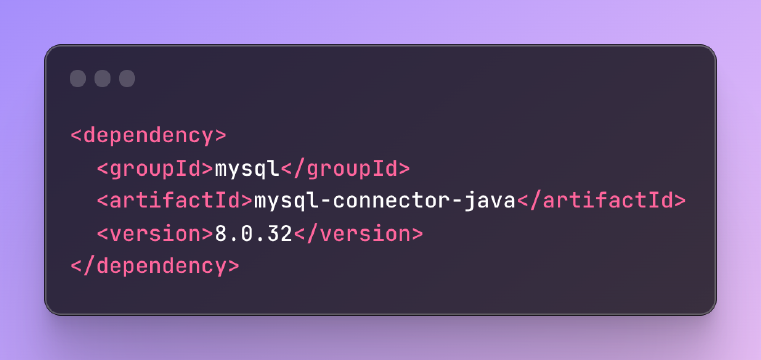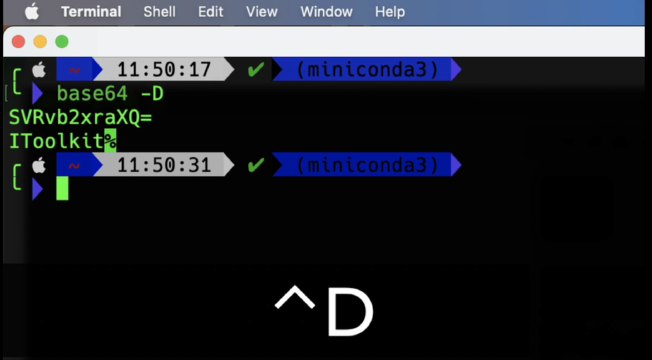Excerpt§
Redundancy in computing refers to duplicating critical components and data to ensure system availability in case of failures. It provides fault tolerance.
Introduction§
Redundancy refers to the duplication of critical components or functions of a system to increase reliability. It provides fault tolerance by ensuring service continuity even if an active component fails. Redundancy is a key principle for designing highly available and resilient systems. This article provides an overview of redundancy and how it is applied across various aspects of computing.
In computing, redundancy eliminates single points of failure. Extra or standby components that can take over if the primary fails allows uninterrupted functioning. Redundancy also improves performance in parallel systems. Overall, it is an essential paradigm for minimizing downtime in business-critical environments.
Types of Redundancy§
There are two main classes of redundancy in computing:
Hardware Redundancy§
This involves duplicate hardware components to take over instantly in case of failures:
RAID - Redundant disk arrays that protect data and improve performance. Allows continuous operation if a disk fails.
Redundant Servers - Critical applications running on clustered servers for automated failover. Ensures service continuity.
Redundant Power - Backup power units and uninterruptible power supplies (UPS) to keep systems running through power failures.
Redundant Network - Duplicate network interfaces, links and routers to avoid single points of network failure.
Software Redundancy§
Involves redundant software systems and data:
Failover Clustering - Servers grouped and managed to enable automatic failover if one server goes down.
Load Balancing - Traffic distributed across multiple servers to eliminate reliance on single server. Improves performance and scalability.
Data Replication - Critical data replicated across multiple servers to eliminate data loss risks. Enables disaster recovery.
Well-designed software redundancy complements hardware redundancy.
Redundancy in Data Storage§
Data redundancy protects against data loss from disk failures. Popular approaches include:
RAID - Multiple disks arranged to duplicate data redundantly. Common RAID levels are:
RAID 0 - Striping for performance, no redundancy
RAID 1 - Disk mirroring, 100% duplication
RAID 5 - Block-level striping with distributed parity, tolerates 1 disk failure
Replication - Actively copying data across multiple servers, often across different sites. Provides backups and disaster recovery.
Backup - Periodically backing up data to external disks that are stored offline. Protects against data corruption and storage failures.
A multi-tier storage strategy using RAID, replication and backup provides comprehensive data protection and availability.
Network Redundancy§
Network redundancy eliminates single points of failure:
Redundant Network Paths - Servers connected to multiple networks or service providers to maintain connectivity during outages. Common configurations include:
Dual-homed - Servers with connections to two networks.
Mesh topology - Interconnected mesh of networks with redundant paths.
Redundant Components - Critical network devices like routers, switches, DNS servers etc. clustered for high availability. Reduces network downtime.
A resilient network design uses redundancy at both the component and pathway level.
Redundancy in Power Supply§
Redundant power infrastructure maintains operation during power failures:
Uninterruptible Power Supply (UPS) - Battery backup power supply to continue operation during power outages. Prevents data loss and unexpected shutdowns.
Redundant PSUs - Servers and networking devices with dual, hot-swappable power supply units for redundancy. Ensures continuous system power.
Power redundancy is essential for high availability across data centers and network rooms.
Conclusion§
Redundancy in its various forms is a fundamental principle for designing reliable and available systems. It offers protection against hardware and software failures, data loss, power outages and network disruptions.
Implementing well-planned redundancy aligns with business continuity requirements for minimal downtime. IT systems serving critical business functions should utilize appropriate redundancy to deliver always-on services and data access.















